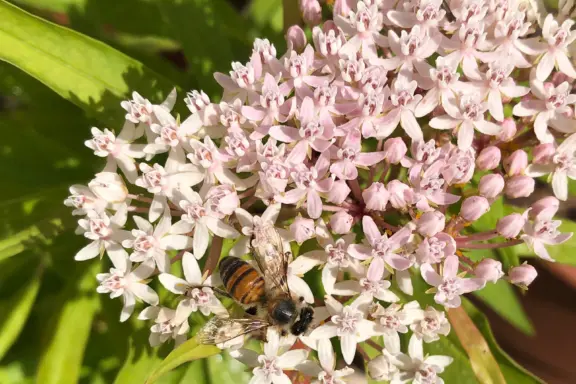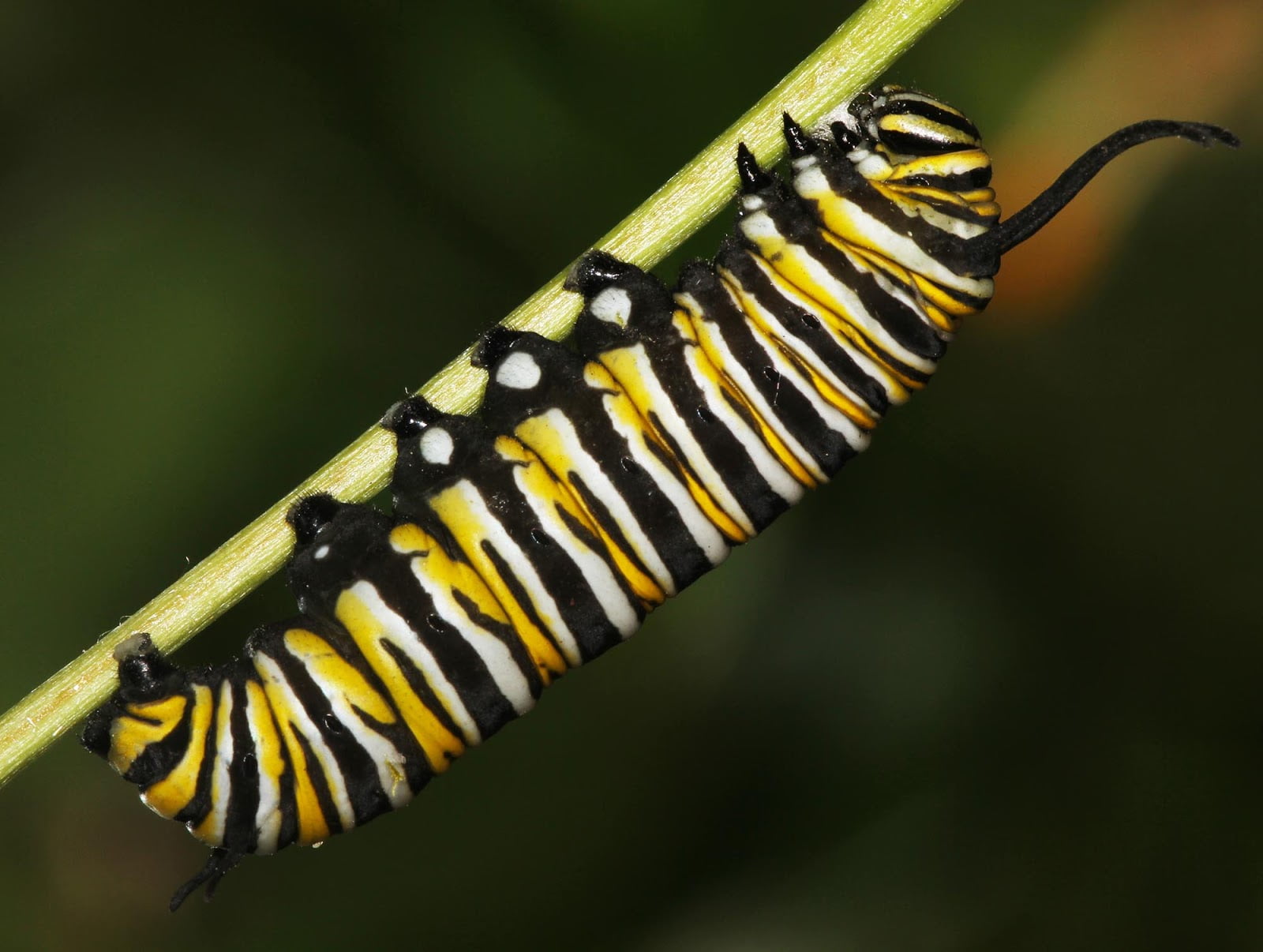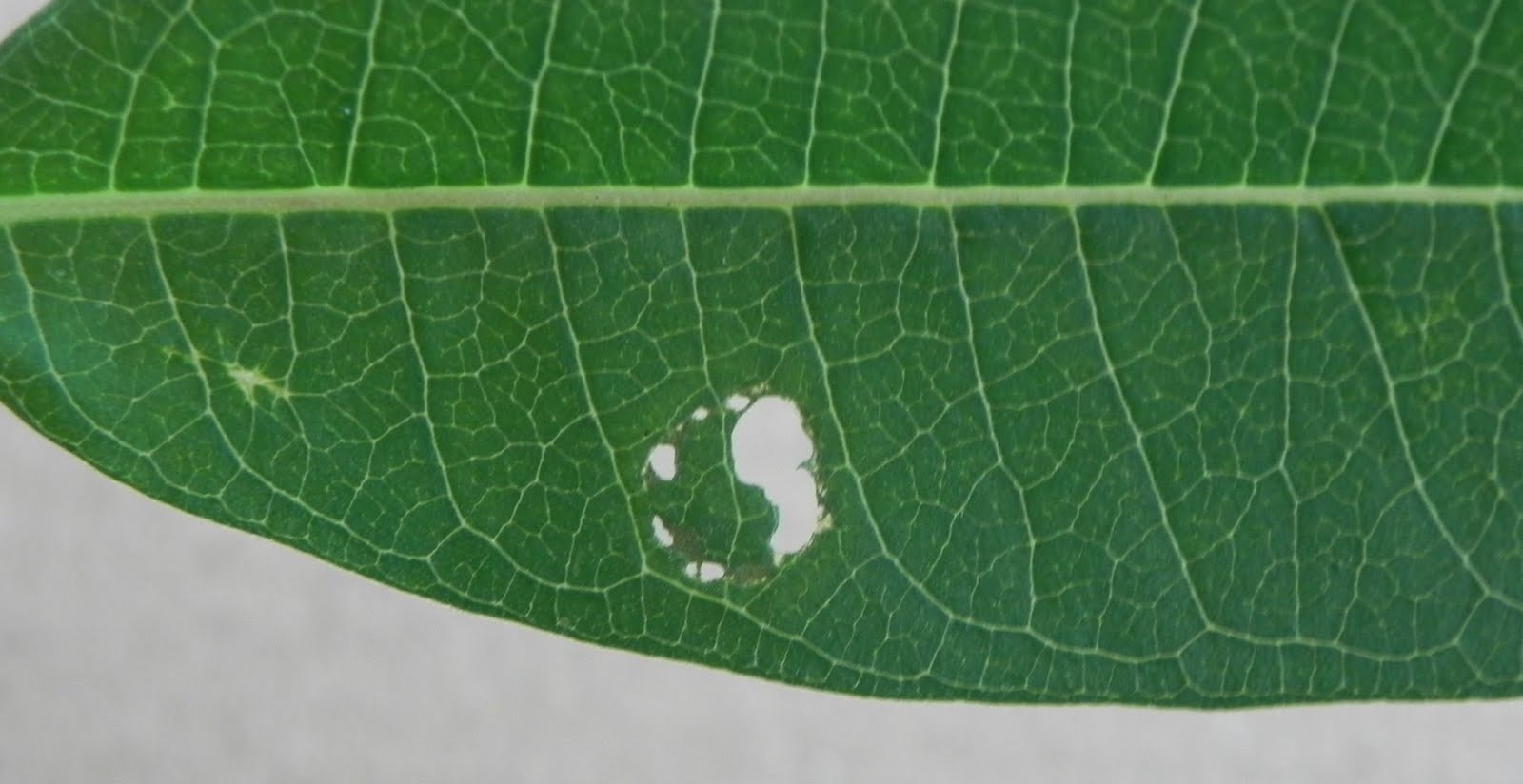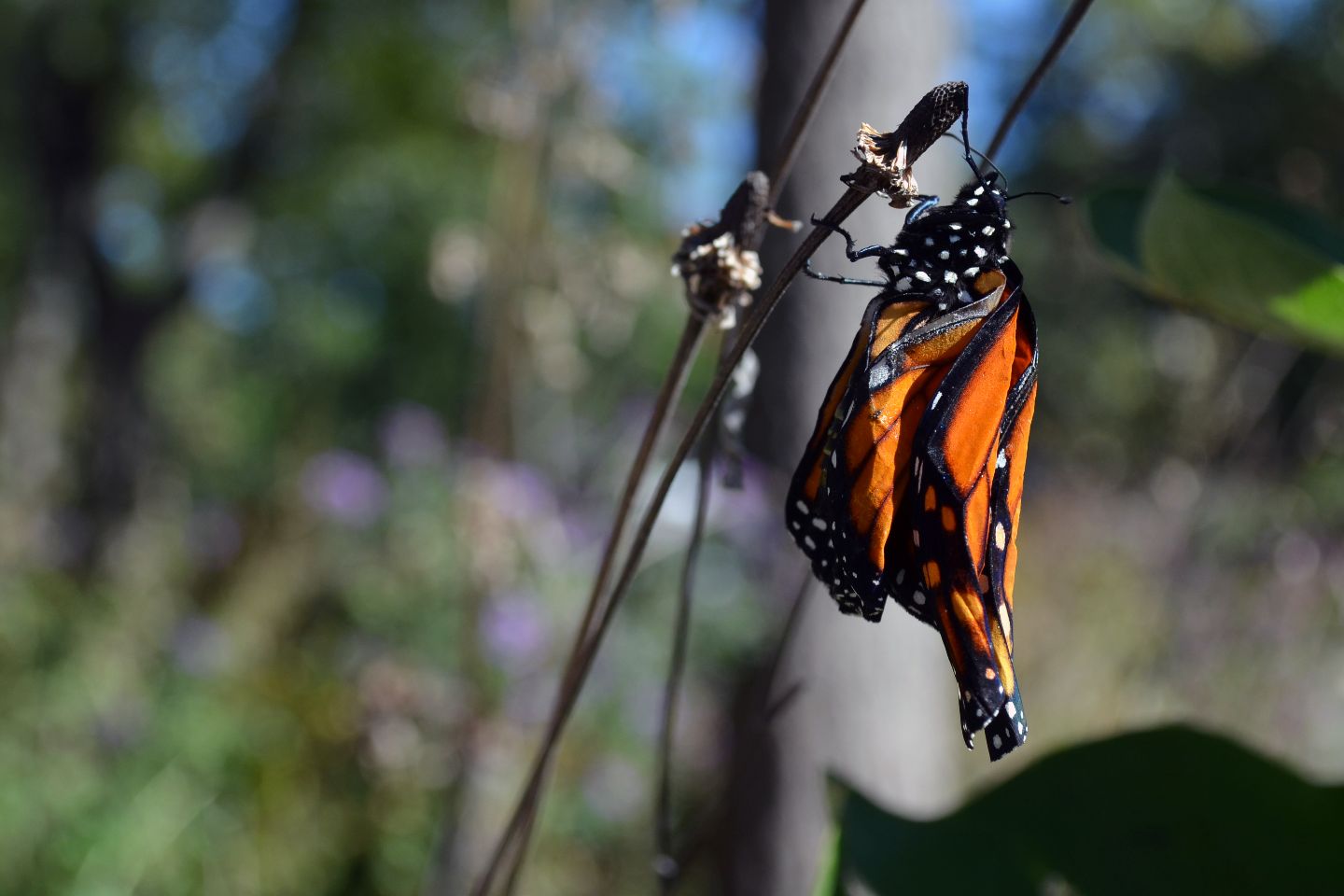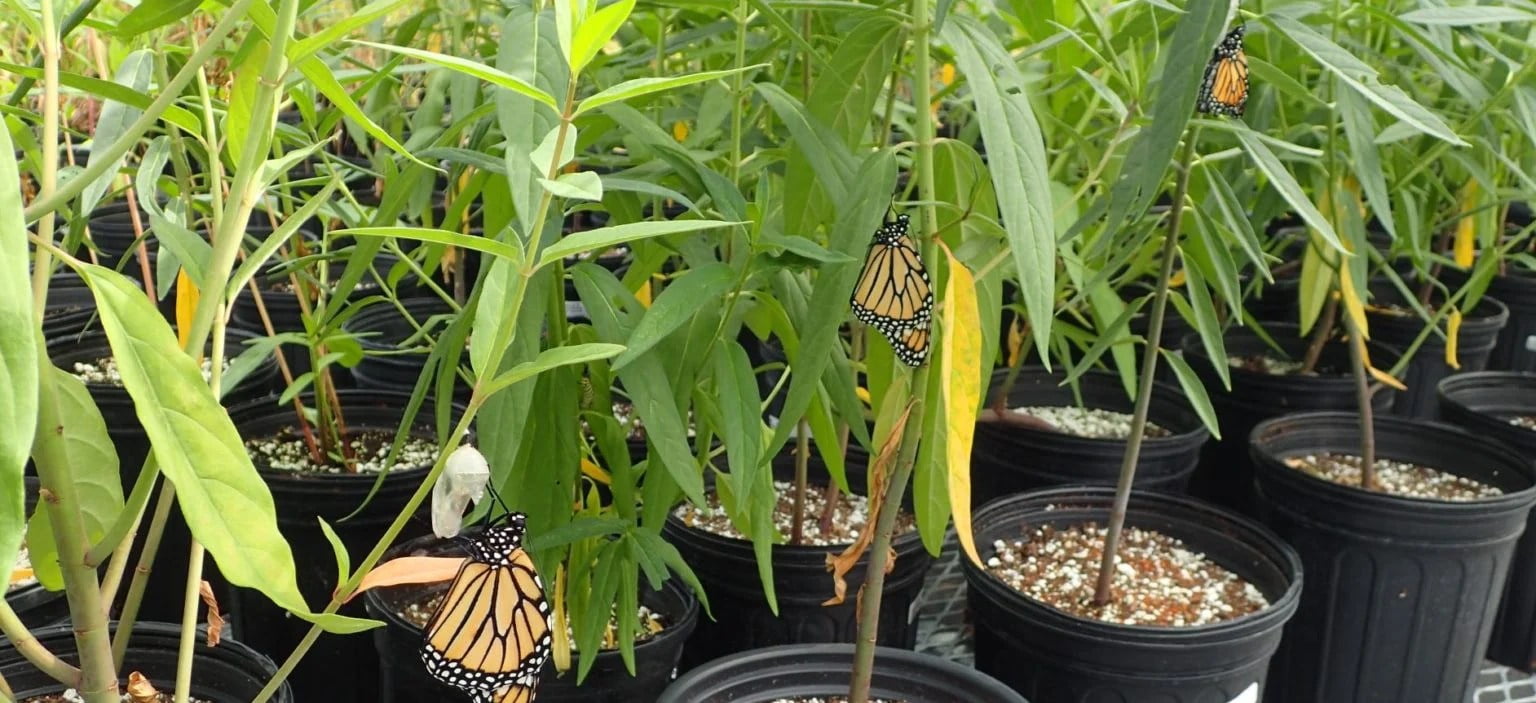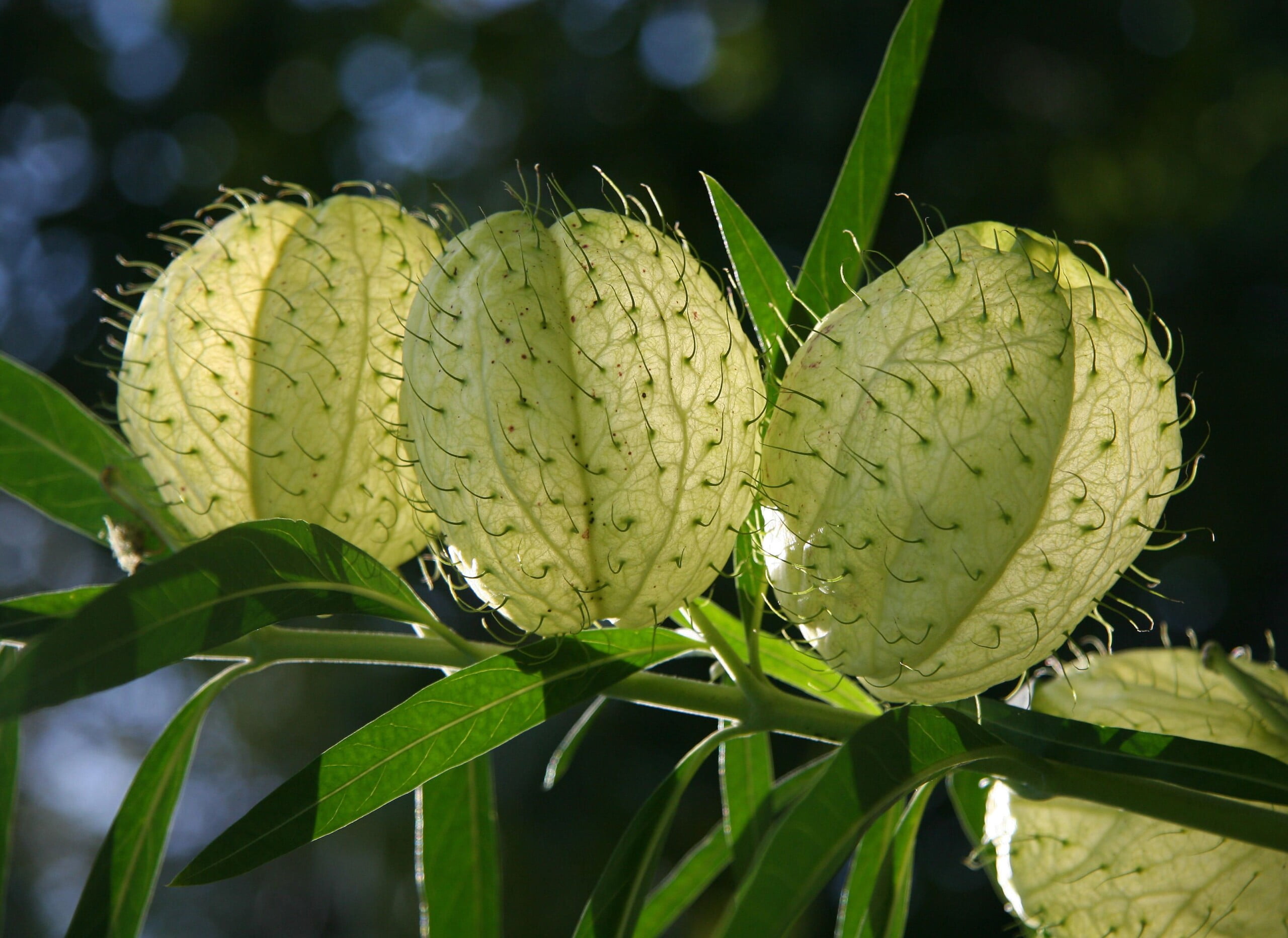Whorled Milkweed is one of the many varieties of milkweed that are critical to the survival of the Monarch Butterfly (Danaus plexippus).
Brush-footed Butterflies (Nymphalidae)
Brush-footed Butterflies include Monarchs, Emperors, Admirals, Tortoiseshells, and Fritillaries, and nearly 6000 other species.
Differences Between Asclepias Incarnata and Asclepias Perennis
“White Swamp Milkweed”: A Guide by Johnny Butterflyseed As an advocate for native plants and the preservation of butterfly habitats, Johnny Butterflyseed is committed to educating enthusiasts about the various milkweed species that support monarch butterflies in Florida and throughout the U.S. Southeast. Today, we focus on two milkweed species […]
Planting Guide for Monarch Sunflower Seeds (Helianthus annuus)
This guide will provide you with all the necessary steps to successfully plant and nurture Monarch Sunflowers across USDA Zones 1 through 11.
“Never Frass Uphill”: A Day in the Life of Marty the Monarch Caterpillar
Marty the Monarch Caterpillar shares some wisdom that’s been passed down from generation to generation: “Never Frass Uphill.”
DIY Guide: How to Test Milkweed Plants for O.E. Using a 40X Student-Grade Microscope
In this DIY guide, Johnny walks you through the process of testing milkweed leaves for the presence of O.E. spores using just a 40X student-grade microscope.
Understanding O.E.: The Parasite Affecting Monarch Butterflies and How to Test for It
Understanding O.E., its implications, and how to test for it is crucial for both scientific research and butterfly conservation efforts.
Growing Swamp Milkweed in Containers or Raised Beds
Growing Asclepias incarnata in containers or raised beds offers a flexible solution for gardeners with limited space or those wanting to control soil quality. Here’s a guide to successfully cultivating Swamp Milkweed in such settings.
Asclepias physocarpa: The Whimsical Balloon Plant Beneficial to Monarchs and More
Asclepias physocarpa, commonly known as the Balloon Plant or Hairy Balls Milkweed, is originally native to southeast Africa. However, due to its unique appearance and benefits to wildlife, it has been introduced to various parts of the world, including North America.
